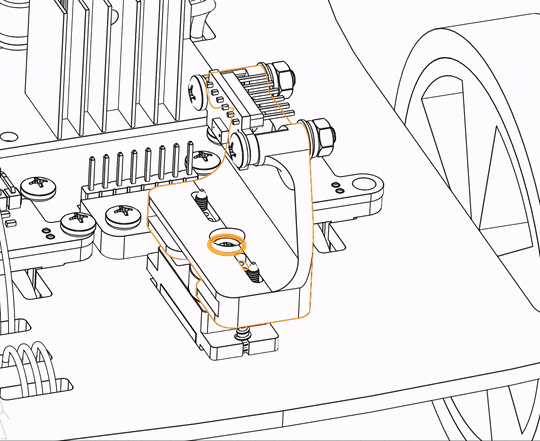Materials
- Red Solid Core Wire
- Black Solid Core Wire
- Mini screw driver
Procedure:
- Check that PICO is OFF, unplug from computer if needed
- Attach the black wire from the ground on the raft board to the ground on the motor controller (middle one)
- Attach the red wire from the +V output of the raft to the +12V input to the motor controller (the outer one)
Note:
Loosen screw terminal first, then put wire in all the way, then tighten. Tug gently to make sure it's secure.







